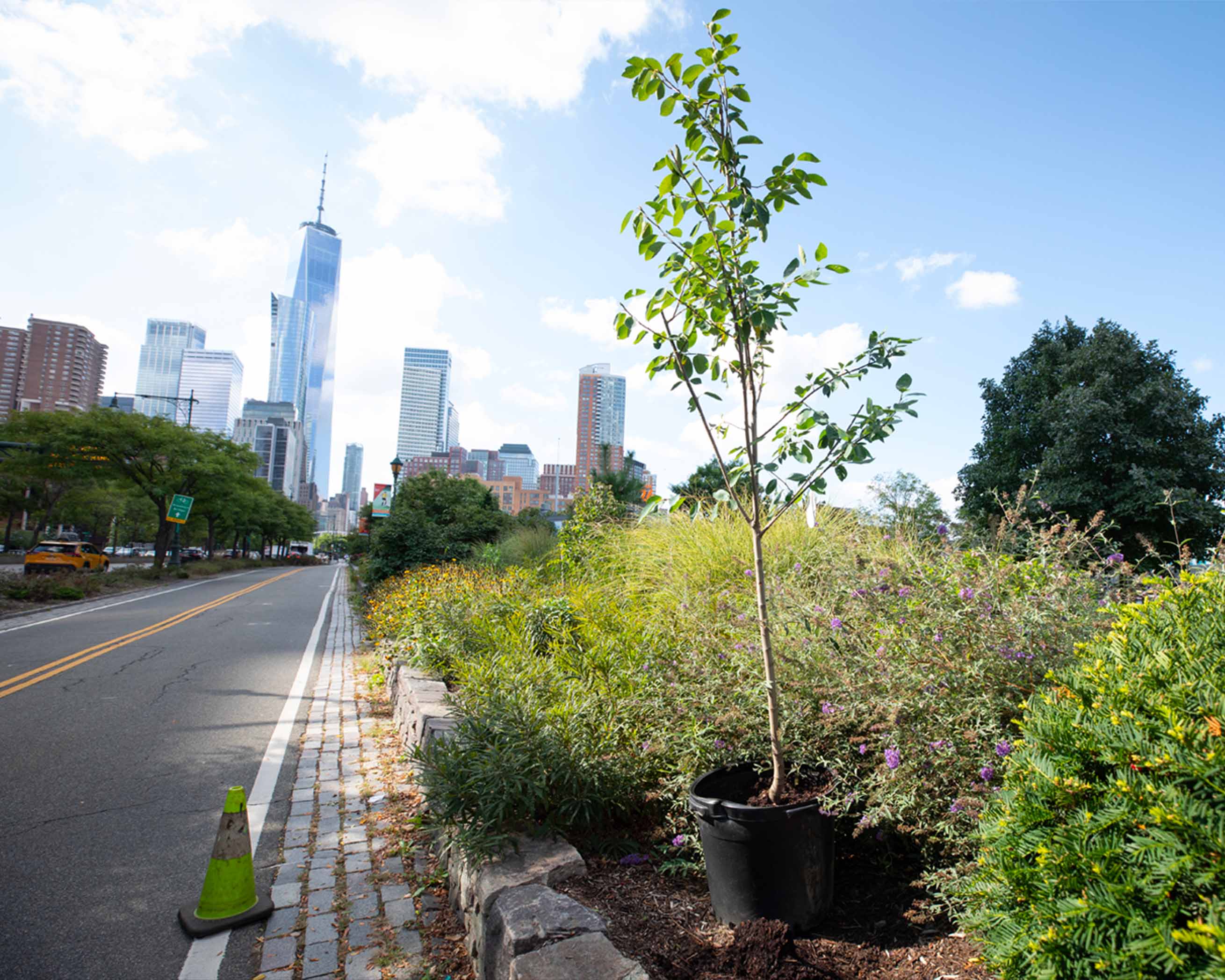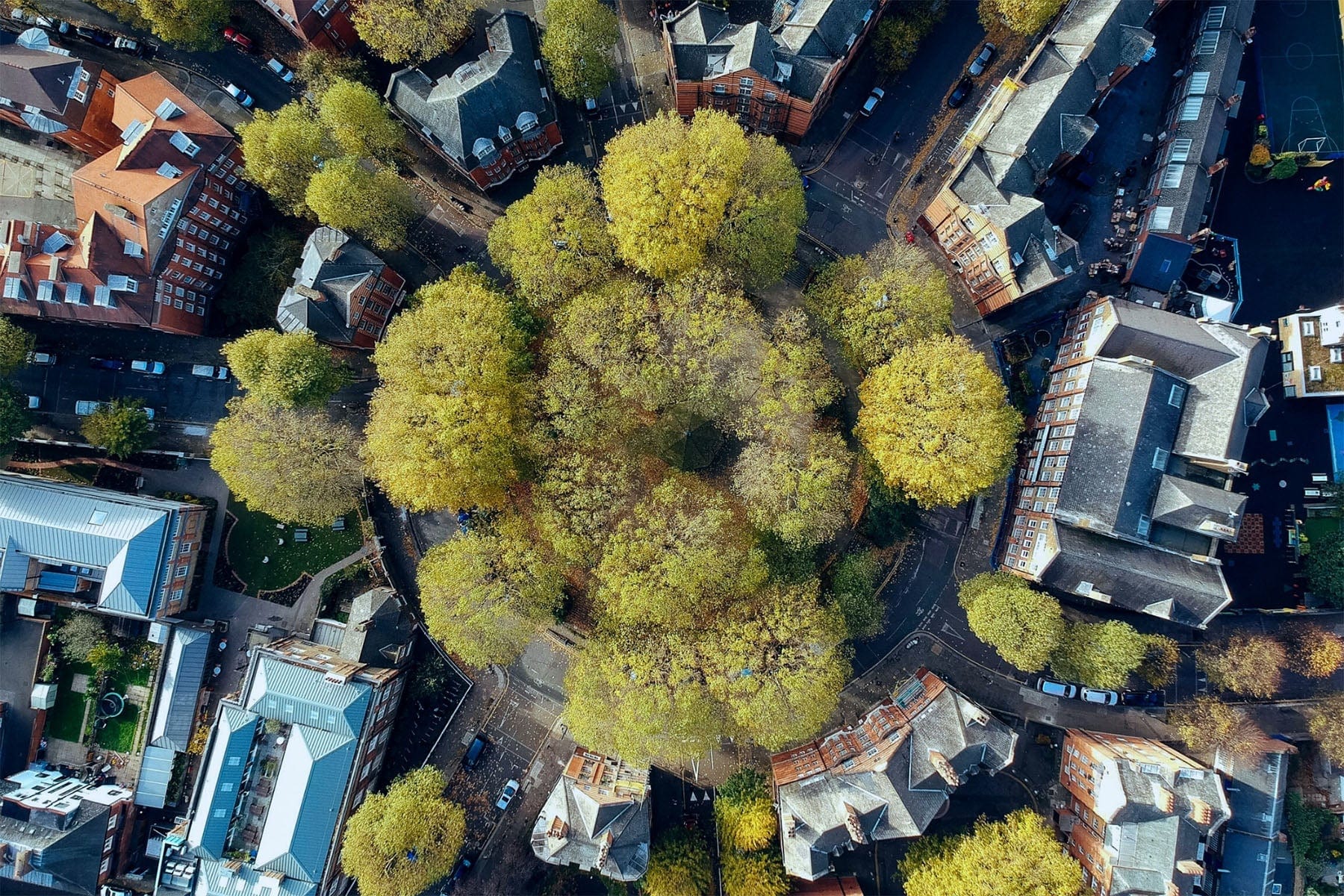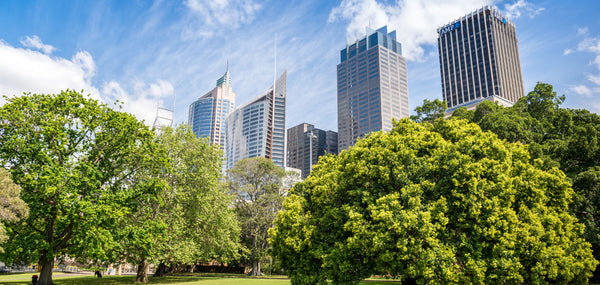
Get news, updates, & event Info delivered right to your inbox:
As the world continues to warm, finding new ways to help mitigate the effects of an ever-changing climate is crucial. The good news is: with developing technologies, new ways of helping the planting are being discovered all the time. Because there are so many new ways to help our planet, it is important to understand what is on the horizon of sustainability.
Green infrastructure is among the most important ways to combat climate change. Not only does green infrastructure help mitigate the effects of a warming climate, it helps local communities by providing green spaces, clean water, and so much more. At One Tree Planted, we believe that making a difference starts with helping communities in need, and green infrastructure helps do just that.
Let’s dive into what exactly green infrastructure is and its importance to the climate fight!

What is green infrastructure?
To understand how green infrastructure benefits us, we first need to understand what it means. Green infrastructure encompasses nature-based solutions that help manage water and other elements to create a healthier urban and rural environment.
We often see this with green stormwater infrastructure. Traditionally, gutters and pipes have been used to manage stormwater runoff and help with water pollution in urban areas. Now, cities are becoming much more resilient by implementing greener methods to manage stormwater.
These methods range from rainwater harvesting, which stores the water for later use, to permeable pavement that absorbs the water as it falls, decreasing the chance of intense flooding and pollution.
These different types of green infrastructure are being implemented throughout cities in the United States and around the world. Many new buildings are using these methods to help promote sustainability.

What are the benefits of green infrastructure?
It seems clear that green infrastructure can benefit communities, but how exactly does implementing these methods help?
Particularly in urban areas, green infrastructure helps improve water and air quality, promote climate resilience, and protect wildlife habitat.
By implementing green infrastructure, these benefits impact communities that are most in need, improving their livelihood while also helping promote energy efficiency and sustainability.

What about trees?
In cities, there is a phenomenon called the urban heat island effect. This means that city spaces tend to retain more heat, causing the temperature to rise significantly compared to adjacent suburban and rural areas.
Because of this phenomenon, people who live in cities are more susceptible to heat-related illnesses, increased energy costs, and pollution. Green infrastructure seeks to help decrease the effects of urban heat islands, and trees play an important role in that aspect of green infrastructure.
Urban infrastructure relies on trees in many ways to help mitigate stormwater run-off effects, provide shade and lower temperatures, and help clean the air and water. Trees also help create green spaces that are crucial for the health of surrounding communities.
Trees are vital in every ecosystem around the world, but they are especially important in urban areas as temperatures rise and green infrastructure practices are being put into place.
Green infrastructure can help mitigate the impacts of climate change and make a powerful impact. You can help by planting urban trees in cities around the world!
